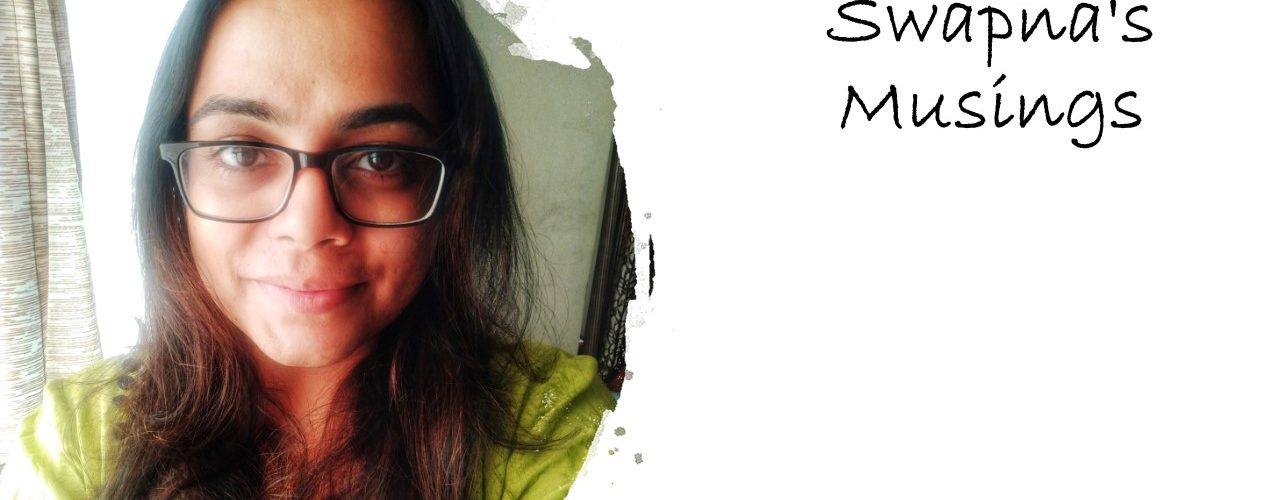Book: Purple Hibiscus
Author: Chimamanda Ngozi Adichie
My Thoughts:
With no loads of twists and turns but with the most honest and brutal way of writing, the story of this teenager gives an insight of how her father played a hero in a different manner played and how he injected the religious practices in her with fear and oppression.
The word ‘Kambili’ in the Telugu language means ‘ blanket’. I can infer this name with the character of Kamibili as a girl who is always wrapped in herself. This perception made me dig deeper into her character as I read every page.
It is understood that Kambili and her brother Ja Ja lived a restricted life charted by their papa, a strict Christian, who believes that the White Man’s supremacy in the free country of Nigeria. This belief in due course of the story creates problems. He is a very rich man, which is quite strange in those days of Postcolonial country of Nigeria. He owns a newspaper company that always speaks against the government, and hence he is a revolutionary person. Contrary to his personality in the outside world, he is a man of cringed mindset with his family. This is where the writing skills of author Chimamanda unveil. The contrast in personality is very well attributed to her writing.
This book has some powerful characters. The central character, though the story runs in the first person and from Kambili’s tone, she is not the most robust character. Her characterization is quite complicated. She is a good kid with all the aspects and virtues to be a bright and disciplined kid. The family looks impressive but somewhere the traces of being fakeness in their personalities reflected. As the story progresses, one can identify that Kambili is not as kind or fragile as she describes herself and the situations around. Coming to the character of her father, Eugene – a wealthy and extremely religious fanatic; often an aggressive and abusive monster. His wife and kids are the victims of his domestic violence. In the name of bringing perfection in every mundane task, he offers them a violent beating. Another main character is her brother, Ja Ja. He is a hero for himself. His name is also likeable. Then her aunt. Ifeoma and her kids are warming and sweet
Talking about the book title, Purple Hibiscus is a common flower found in the sub-tropical region of the country, but the purple one is rare. Though a common flower, it is its colour that separates it from the rest. This trait is seen in Kambili’s character at times.
The religious views expressed in the story gave me a mixed impression. While serving God with love and compassion is very nice, forcing the children to follow some traditions was hurtful. There, a person’s individual choice and freedom were at stake. At the same time, aunt also practices Christianity, but as Jesus says, she only spreads love. I remembered my school when I was reading about an aunt and her views.
*









Add comment